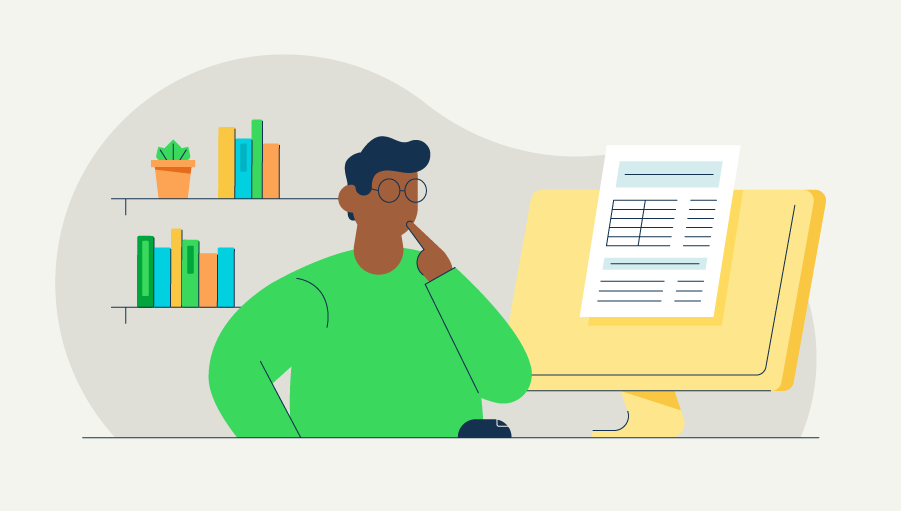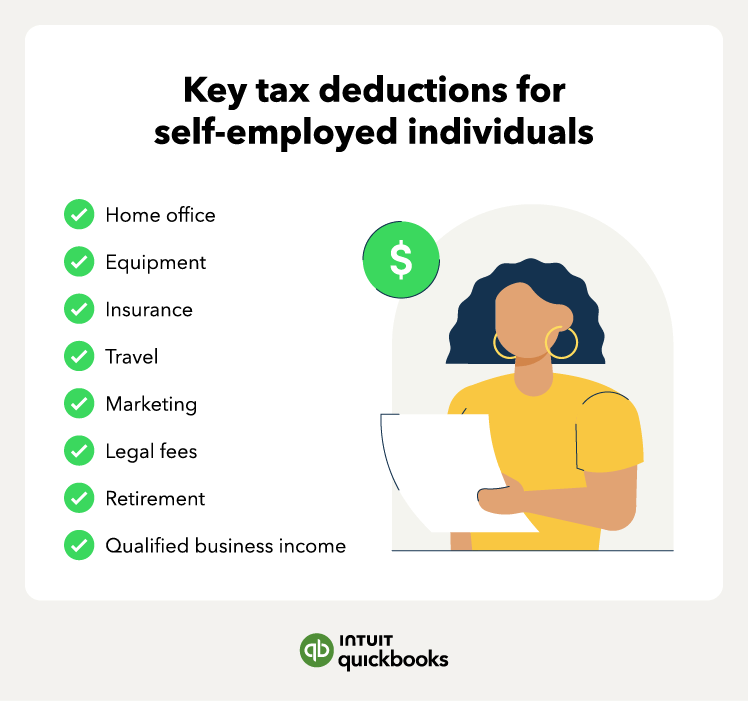Sole proprietorship taxes for LLCs
While LLCs offer liability protection that sole proprietorships don't, their tax treatment can be surprisingly similar. This is because the IRS, by default, treats a single-member LLC as a "disregarded entity" for tax purposes.
In other words, the business's profits and losses are "passed through" to the owner's personal income tax return, just like a sole proprietorship. You'll report this income and expenses on Schedule C of Form 1040.
This pass-through taxation simplifies tax filing significantly. You won't need to file a separate tax return for the LLC, and the process mirrors that of a sole proprietorship. You'll still be responsible for paying self-employment taxes on your LLC's profits, but LLCs offer more tax flexibility than sole proprietorships.
While pass-through is the default, you can elect to have your LLC taxed differently. This choice can significantly impact your tax burden and overall financial strategy.
Here are the main options:
- S Corporation: This can be beneficial if you want to take a salary and pay yourself dividends. This strategy can potentially reduce your self-employment tax burden, although the IRS will scrutinize your salary to ensure it's reasonable.
- C Corporation: This might work for high-growth businesses aiming to reinvest profits or seek external investment. However, it comes with the downside of double taxation—once at the corporate level and again on dividends.
Even if you stick with pass-through taxation, forming an LLC can still offer benefits. It's common for LLCs to obtain an employer identification number (EIN), especially if they hire employees or operate under a name different from the owner's. This adds a layer of separation between your personal and business finances, which can be helpful for organization and liability protection.













 Don't forget that you can deduct half of your self-employment tax payment on your Form 1040.
Don't forget that you can deduct half of your self-employment tax payment on your Form 1040.



